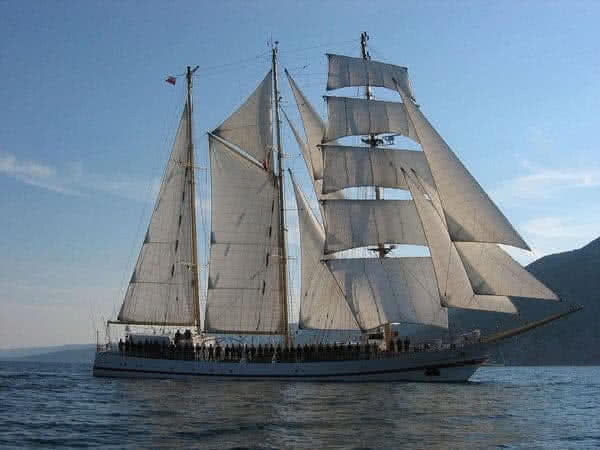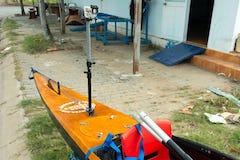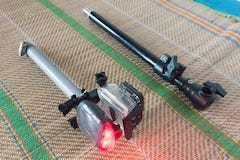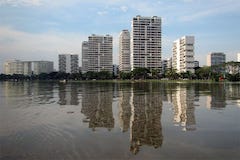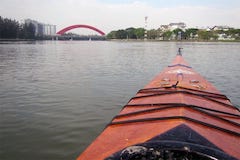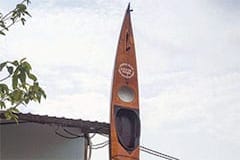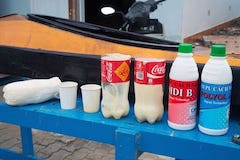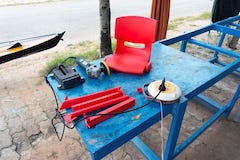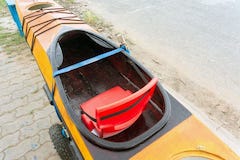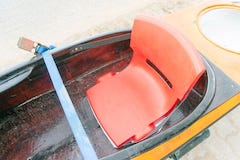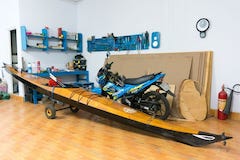According to this very fascinating news: part 1, part 2 and part 3, Vietnam navy’s first (ever) training sailboat is being built at Conrad shipyard, Poland. Well, eventually, what I was thinking back many many years ago is being materialized, can’t imagine that this could be true! A navy longing to be strong should have its personnel trained, first and foremost, in this very harsh and rudimentary way as in the Age of Sail, just for the true spirits of seaman and seamanship.
The boat is speculated to be similar, but larger than this Zygmunt Choreń designed, 380 metric ton, schooner barque rigged, ORP Iskra (Polish naval training vessel Iskra, showed in the image below). Some information on the boat under construction: LOA: 67m, LWL: 58.3m, beam: 10m, draft: 4m, 3 masts (about 40m in height each), 1400 m2 of sail area, with a crew of 30 plus 80 training cadets. The ship is planned to join Vietnam People’s Navy sometime in autumn this year.
Theo như nguồn tin rất hấp dẫn này: phần 1, phần 2 và phần 3, con tàu huấn luyện đầu tiên của Hải quân Việt Nam đang được đóng ở xưởng Conrad, Ba Lan. Cuối cùng thì điều tôi suy nghĩ rất nhiều năm về trước đang được thực hiện, thật khó tin điều này có thể trở thành hiện thực. Bất kỳ hải quân nước nào muốn mạnh, trước hết phải được đào tạo theo cách cực kỳ thô sơ và khắc nghiệt như thời của các tàu buồm, để học lấy cái tinh thần chân chính của người đi biển!
Con tàu được cho là tương tự (nhưng lớn hơn) so với chiếc ORP Iskra (tàu huấn luyện của Hải quân Ba Lan) tải trọng 380 tấn, thiết kể bởi Zygmunt Choreń trong bức hình dưới đây. Một số thông số kỹ thuật, dài: 67 m, chiều dài mớn nước: 58.3 m, rộng: 10 m, sâu mớn nước: 4 m, 3 cột buồm cao khoảng 40 m, tổng diện tích buồm: 1400 m2, thuỷ thủ đoàn 30 người cùng với 80 học viên. Dự kiến, con tàu sẽ gia nhập Hải quân Việt Nam vào khoảng mùa thu năm nay.

